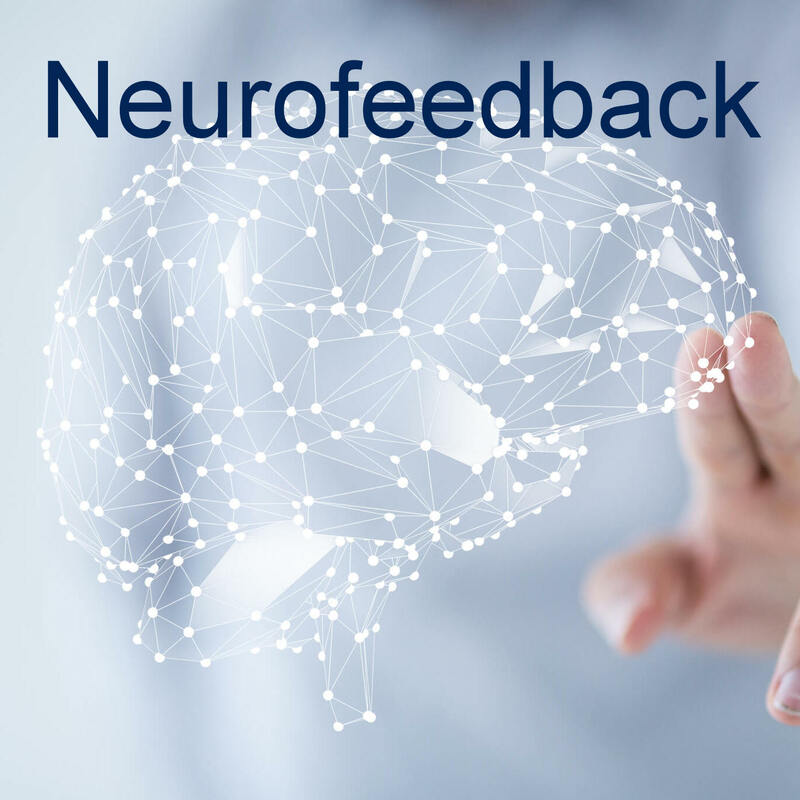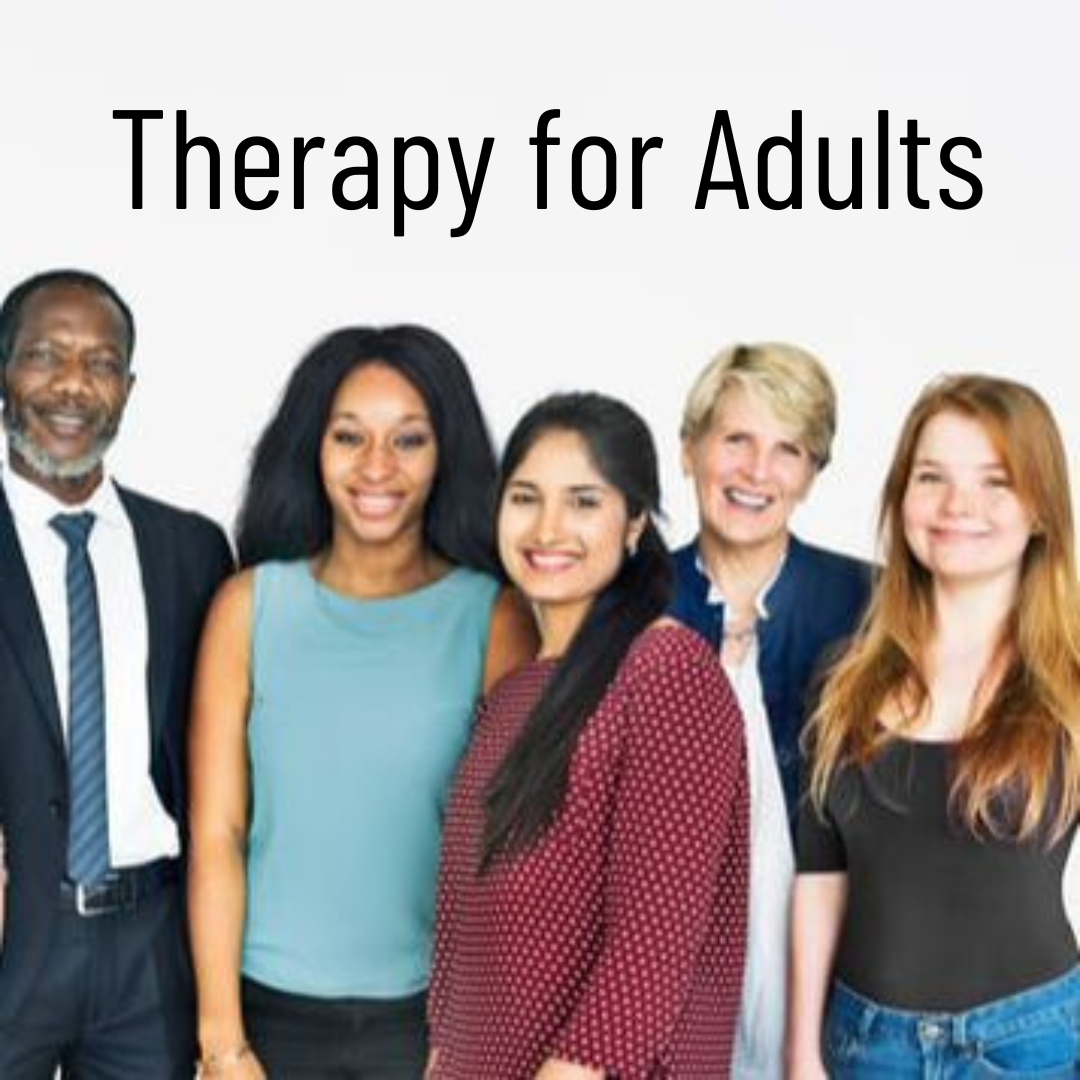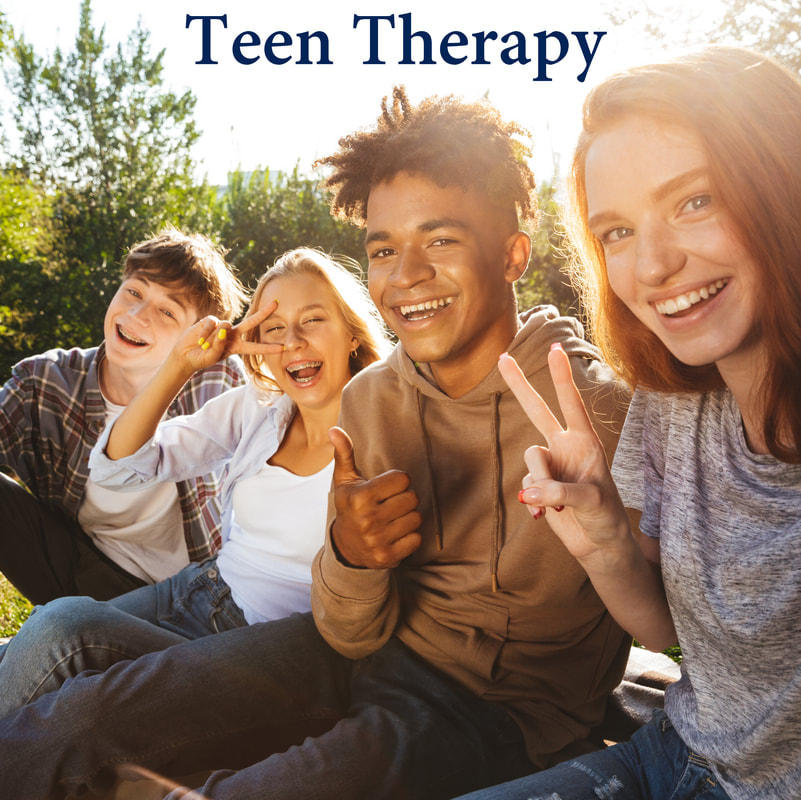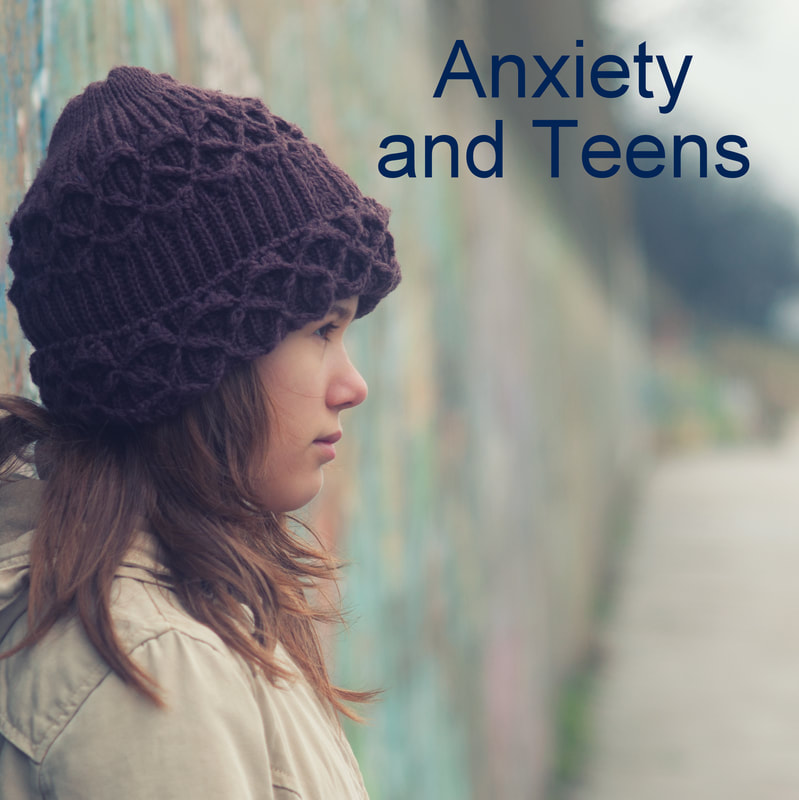|
By Caroline Rudin LMSW, MS.,Ed “Fight or flight.” “Rest and digest.” We’ve heard these terms over and over since high school biology class, but, how can we access the latter physical response in the right times? Each of us as individuals have experienced intense levels of stress within the past two years alone living through pandemic times and some of us are still trying to cope with the changes that have occurred. Let’s tap into your personal resiliency and introduce a few different methods of reaching a state of calm that you may not have thought of before. First off, why does my body feel this way? Let’s revisit that high school biology class. Within the structure of the nervous system we can explore both the central nervous system (CNS) and peripheral nervous system (PNS). The PNS is divided into two subcategories: the somatic nervous system which controls our voluntary movements and skeletal muscles, and the autonomic nervous system which controls our involuntary movements of our organs, glands, and smooth muscles. The autonomic nervous system is then divided into two more subcategories (where we will really dive in): the sympathetic and parasympathetic nervous systems. The sympathetic nervous system is the most closely related to our “fight or flight” response, responsible for increasing heartbeat and the production of adrenaline during times of stress. The parasympathetic nervous system is most closely related to our “rest and digest” response, responsible for slowing our heart rate and breathing. The vagus nerve, otherwise known as the tenth cranial nerve, is paramount in this response. The vagus nerve is the longest nerve in the human body with sensory and motor fibers as it collects data from inside the body and delivers it to the brain, otherwise known as interoception, allowing it to gain control of the heart, lungs, and digestive tract. These responses when the vagus nerve is activated are what allow us to feel at home in our bodies and assist us in finding a healthy level of arousal.
Now that we have a biological understanding of how the vagus nerve plays a part in our ability to reach a state of calm, how can I activate it? Well, we can’t reach deep inside and give it a tickle ourselves… or can we? Through the intentional practices of humming, breathwork, singing, and even gargling, we can activate the sensory fibers of the vagus nerve to induce feelings of calm. Other practices that activate the vagus nerve that you can practice at home through movement are Emotional Freedom Tapping or engaging in slow controlled movements such as Tai Chi or Pilates. Cold showers or cold plunges can stimulate a similar response, reaching deep inside your body to a place where you can actively reduce your heart rate through the control of your breath. We can also seek support in reaching states of calm through the activation of the vagus nerve by engaging in biofeedback, massage, and acupuncture. Even in the most simple of experiences, we can active this feeling of relaxation through grounding in nature, listening to calming music, or watching the sunrise or sunset. Practice these tools as frequently as a few times weekly and the next time you feel an increase of tension or stress in your body, taking that deep breath might come a little easier.
0 Comments
Leave a Reply. |
Archives
October 2023
Categories
All
|


















